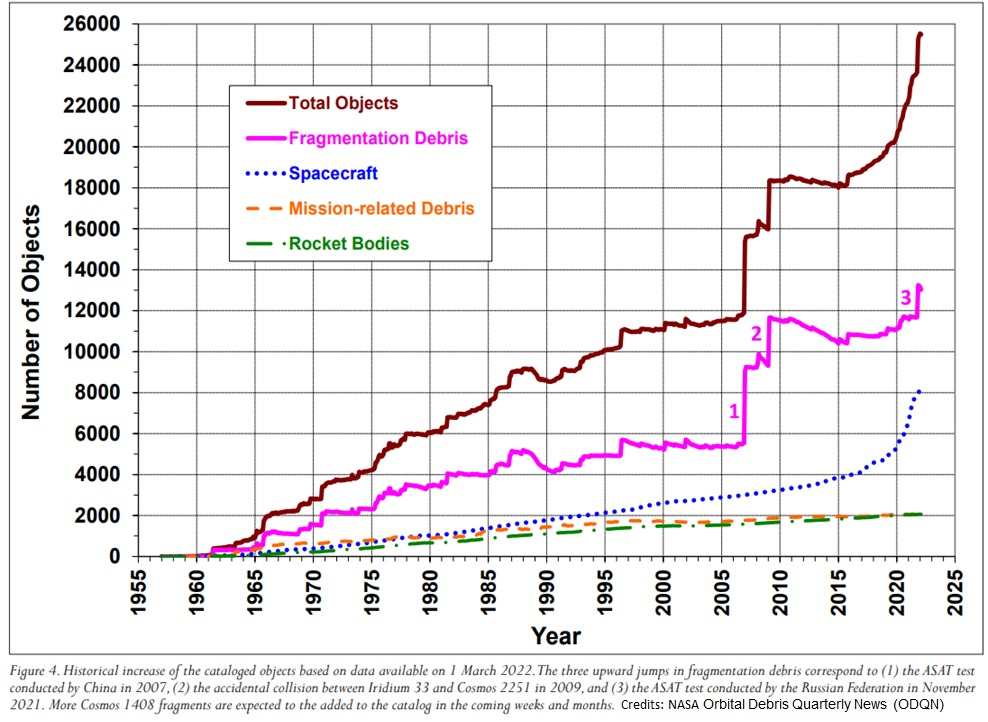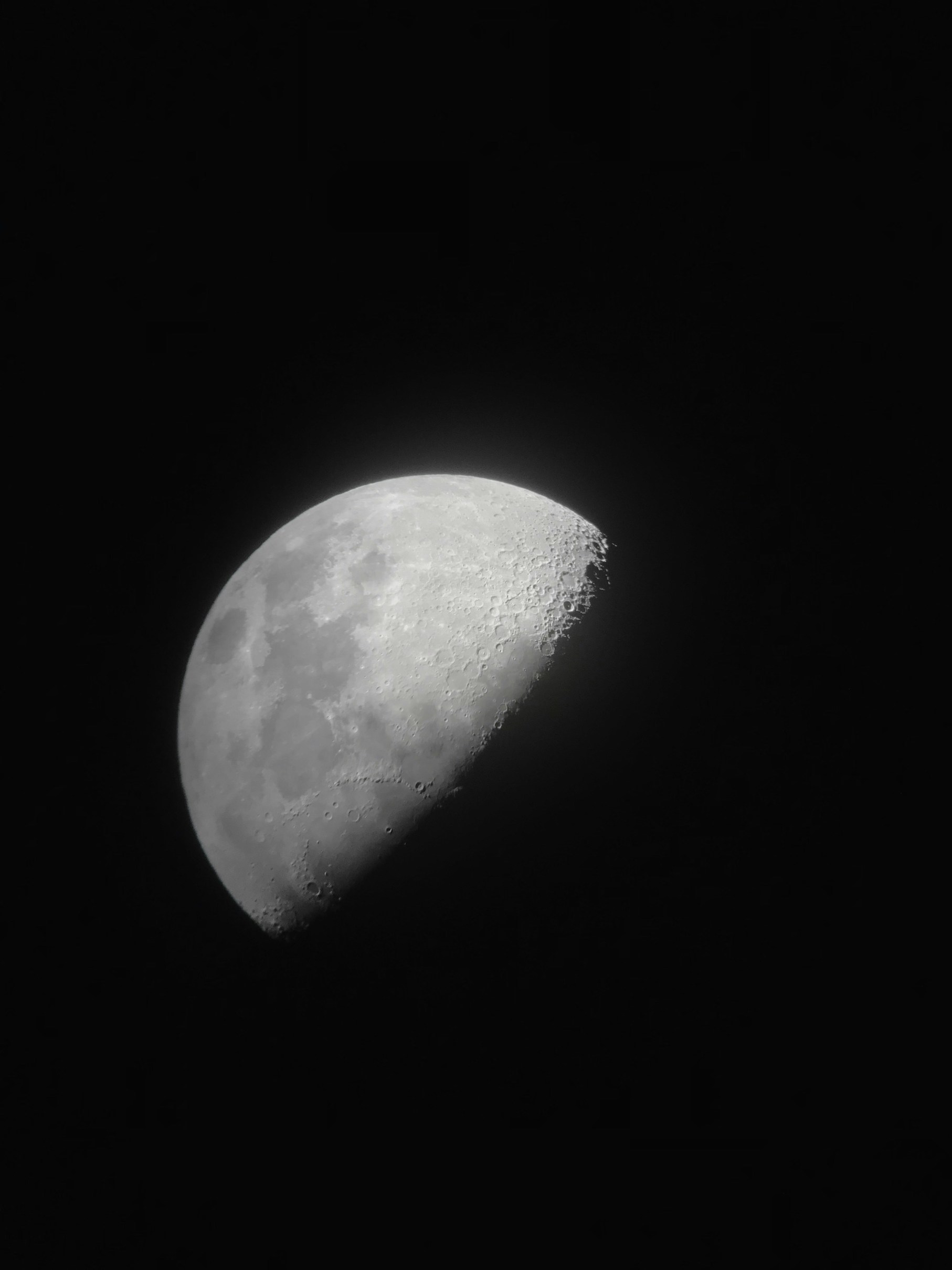Imagine a breathtaking beach brimming with life, its turquoise seas gleaming in the sun. Visualize the same view turned into a wasteland of plastic bags, soda cans, and abandoned fishing nets. Unfortunately, this dismal transition is more than just a coastal tragedy. This is the reality 400 kilometres above us, where thousands of defunct satellites and trash particles are hurtling through space at extraordinary speed. This is the stark challenge of space sustainability – and, one that requires immediate action.
As humanity sets its sights on the celestial frontier, the need to guarantee that our actions do not turn it into a cosmic junkyard grows. Education and research institutions are at the frontline of this battle, tasked with training a generation of responsible space explorers, and developing the technology that will ensure a long-term future in space.
The Growing Risk: Quantifying the Orbital Debris Challenge




 Prabhat Pani is the Executive Director of the Centre for Innovation in Sustainable Development at SPJIMR. He holds a PG Diploma in Management from Indian Institute of Management, Ahmedabad, and an engineering degree from BITS, Pilani. Prior to joining academics in 2019, he has held C-level leadership positions with well-known organisations within the hospitality, telecom, and FMCG industries in India, much of it in the Tata group. He has been consulting with the Tata Trusts. His research and teaching interests are anchored on social sector topics, SDGs, and Impact Finance.
Prabhat Pani is the Executive Director of the Centre for Innovation in Sustainable Development at SPJIMR. He holds a PG Diploma in Management from Indian Institute of Management, Ahmedabad, and an engineering degree from BITS, Pilani. Prior to joining academics in 2019, he has held C-level leadership positions with well-known organisations within the hospitality, telecom, and FMCG industries in India, much of it in the Tata group. He has been consulting with the Tata Trusts. His research and teaching interests are anchored on social sector topics, SDGs, and Impact Finance. Ishank Jain is currently pursuing a Post Graduate Diploma in Management (PGDM) with a Finance specialisation from S.P. Jain Institute of Management and Research (SPJIMR), Mumbai. He previously worked as an Analyst at Credit Suisse, where his projects included the Order Management Program Trading (Equities) and Exposure Move Analysis (Credit Risk). While exploring diverse business domains at SPJIMR, his short-term goal is to become a global business manager, with long-term aspirations of entrepreneurship in Finance and Technology, focused on social and sustainable impact.
Ishank Jain is currently pursuing a Post Graduate Diploma in Management (PGDM) with a Finance specialisation from S.P. Jain Institute of Management and Research (SPJIMR), Mumbai. He previously worked as an Analyst at Credit Suisse, where his projects included the Order Management Program Trading (Equities) and Exposure Move Analysis (Credit Risk). While exploring diverse business domains at SPJIMR, his short-term goal is to become a global business manager, with long-term aspirations of entrepreneurship in Finance and Technology, focused on social and sustainable impact.